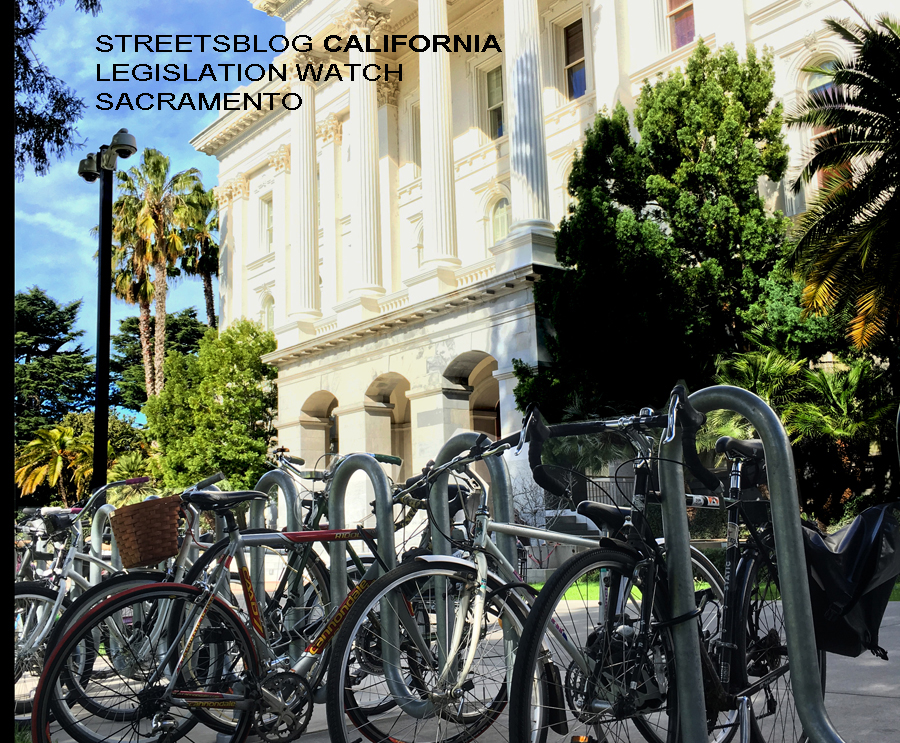Note: GJEL Accident Attorneys regularly sponsors coverage on Streetsblog San Francisco and Streetsblog California. Unless noted in the story, GJEL Accident Attorneys is not consulted for the content or editorial direction of the sponsored content.
Assembly Bill 1713, which would have allowed bike riders to treat stop signs as yield signs, easily passed the Assembly and could have passed the Senate, but it never got the chance. Governor Newsom had made it clear that he was not willing to sign it, so the bill's author, Assemblymember Tasha Boerner Horvath, pulled it at the last minute.
Last year, Newsom vetoed a similar bill from the same author. This version addressed the concerns he mentioned at the time by having it apply only to bike riders over the age of eighteen, but it wasn't enough.
The bill has strong support, although two groups who opposed it openly: The California Association of Highway Patrolmen (not the CHP, which has no official position on it), and the California Coalition for Children’s Safety and Health, which has argued that the change would lead to dangerous riding habits and more crashes, despite evidence to the contrary.
It's a blow for safety advocates, who have noted that other states that have passed similar laws have seen a decrease in crashes at intersections. Not requiring bike riders to come to a full stop any time they are faced with a stop sign, even where there is no other traffic, acknowledges that bikes are not cars, and stop signs affect bike riders differently than car drivers.
The bill never proposed changing the law to allow bike riders to just fly through intersections; it would only allow bikes to slow and proceed when safe, and would reduce opportunities for police to pull over riders for specious reasons or purely for not following the letter of the law no matter what the circumstances.
Boerner Horvath told bill advocates that she will try again, and plans to work with the administration and state agencies, including Caltrans, CalSTA, and the CHP, to find common ground.






